Despite the fact that Apple produces quite high-quality products compared to the competition - and I understand that many will oppose me in this opinion - some form of failure can occur from time to time. If you have reached the stage where one day you turn on your Mac or MacBook, but it does not start, then you are absolutely right here. Sometimes only the Apple logo appears, sometimes the loading wheel appears, and other times it doesn't load at all. Let's see together in this article what you can do in this situation, from the simplest actions to the most complex ones.
It could be interest you
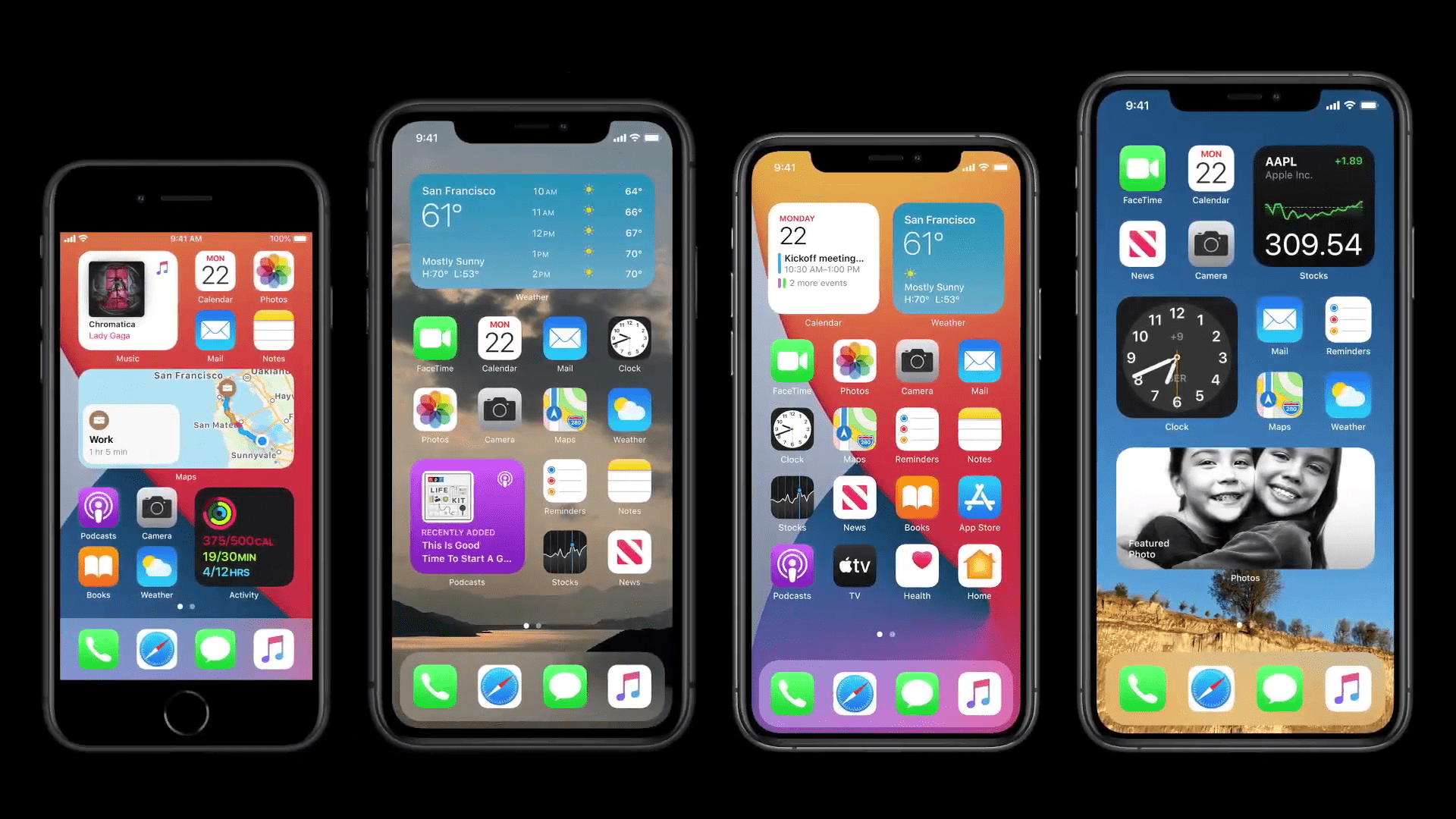
Restarting the device
Even though it may seem like a hackneyed song, believe me, it's definitely not. Such a restart will solve a lot in the world of information technology. So, if you are faced with the fact that your device does not start or does not boot, then hard restart it. On practically all devices, this procedure is the same - you just need to hold the power button for 10 seconds. In some cases, the device turns on automatically, in others it does not, in any case, try to see if the classic restart did not help you. If not, continue on.
Resetting NVRAM/PRAM
NVRAM (formerly PRAM) is a small part of non-volatile memory on your macOS device. NVRAM (Non-Volatile Random-Access Memory) is used to store various settings, such as sound, display resolution, boot disk selection, and more. In the case of PRAM (Parameter Random-Access Memory), similar information is stored and the reset procedure is identical. It is by resetting the NVRAM or PRAM that problems associated with your macOS device not starting can be solved.
If you want to reset the NVRAM/PRAM, turn off your device completely by holding the power button for 10 seconds. As soon as the Mac or MacBook is completely turned off, turn it on with the button and immediately after holding down the Option (Alt) + Command + P + R keys together. Hold these keys for about 20 seconds, ignoring what is happening on the screen. After 20 seconds, let the device boot up normally. If it doesn't start, try resetting the SMC.

Resetting the SMC
SMC takes care of how the battery, power supply, charging, temperature sensors, various indicators, cooling and much more behave on your Mac or MacBook. There may be some problem in one of these mentioned parts, due to which your device simply won't boot. By resetting the SMC, you can reset the behavior of these parts to their original settings, and thus recovery can occur. For resetting the SMC, the procedures vary by device - so select the paragraph below that your device falls under, and then reset the SMC.
Device with T2 security chip
Devices with a T2 security chip include practically all devices from 2018. In this case, your device completely turn off. Then hold the keys Control + Option (Alt) + Shift (Right) during seven seconds, and then add also to hold those keys power button, which together with previous keys hold next seven seconds. Then leave the device 30 seconds be and finally him classically turn on.
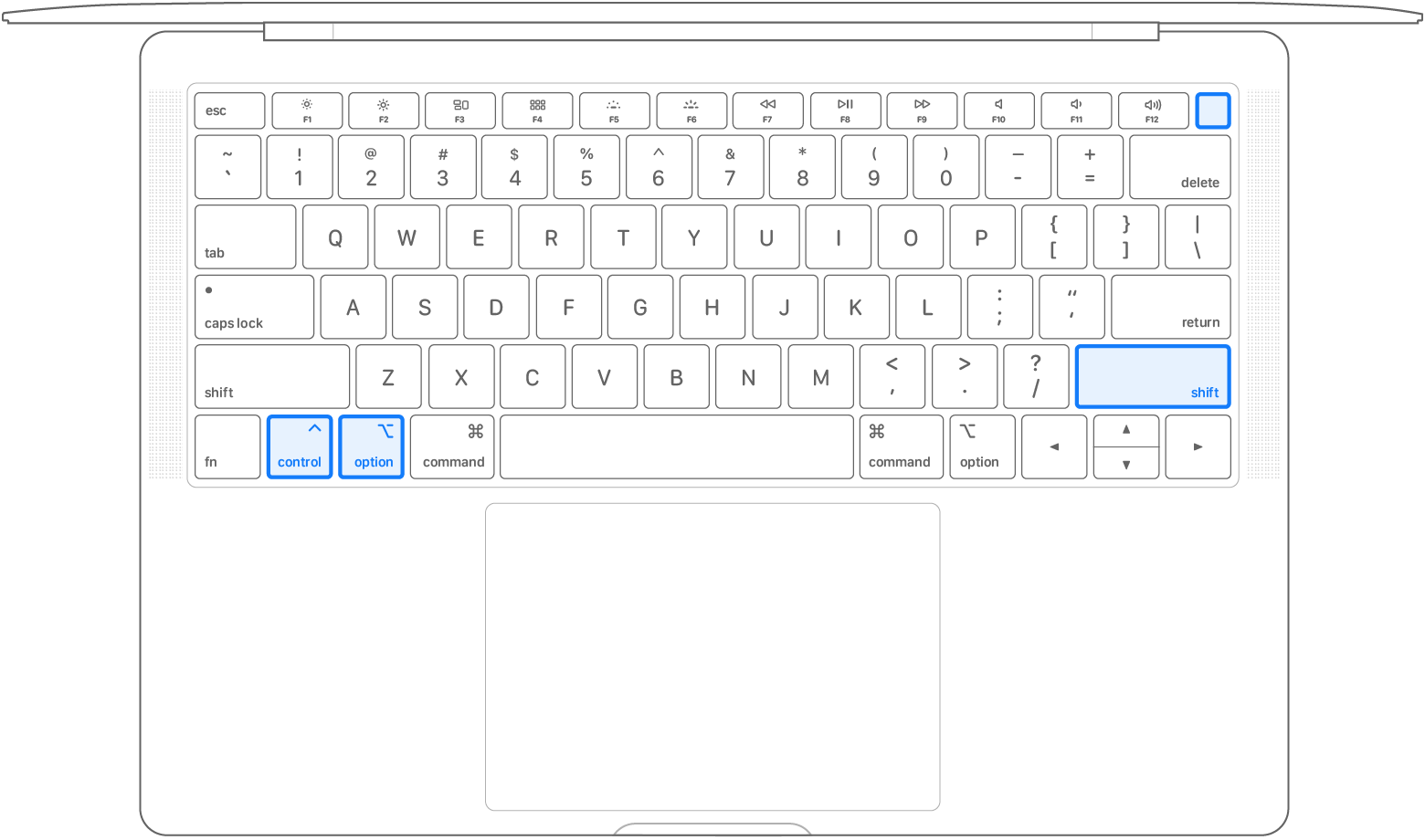
Older device without T2 chip
Devices without a T2 chip include virtually all devices from 2017 and older. In this case, your device completely turn off. Then hold the keys Control + Option (Alt) + Shift (Right) + power button during ten seconds. Then leave the device 30 seconds be and finally him classically turn on.
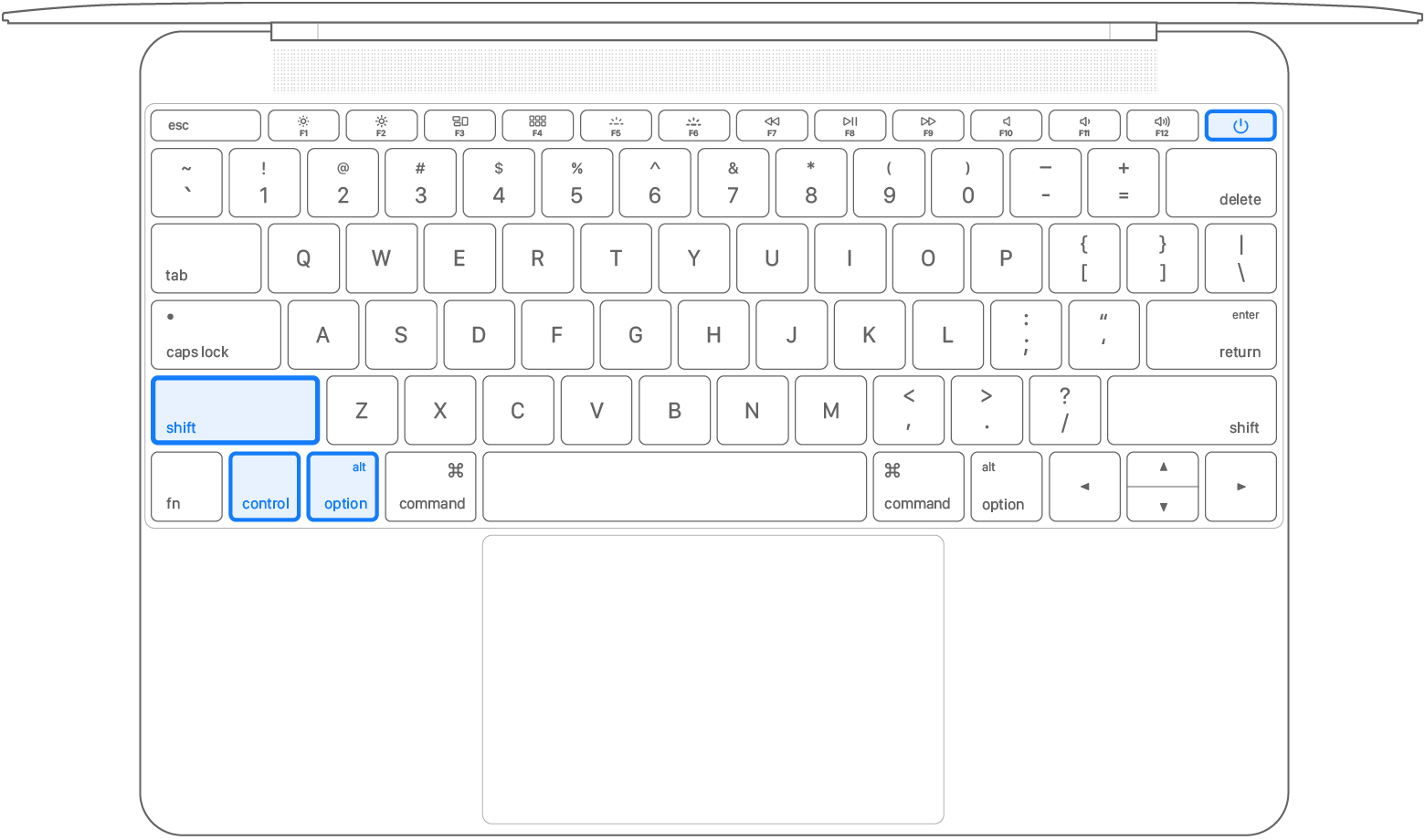
MacBooks with removable batteries
If you own an old MacBook with a removable battery, go for it first turn off a pull out the battery. Then hold for a while power button for five seconds, then him let go a put the battery back. Then leave the device 30 seconds be and finally him classically turn on.
Disk repair
If resetting the NVRAM/PRAM and SMC didn't help, it's slowly getting worse - but there's still a chance that you'll be able to turn on the device. Now comes disk repair/rescue. In this case, you need to move your device to macOS Recovery mode. You can achieve this by making your device completely you turn off. After that, the device is required classically turn on and immediately after switching on press a hold keys Command + R. Hold these keys until you are in the mode macOS Recovery. Here then it is necessary choose language a Log in to the administrator account. Once you appear in macOS Recovery, launch the application Disk Utility. Here, then in the left menu, click on startup disk (most often called Macintosh HD), mark it, and then click at the top of the window Rescue. Rescue disk afterwards run and let her work. When you're done, you can have everyone check this way, too other discs, which will be displayed. If you did not see any disk, it is necessary to activate the display in the upper left part of the window using the button Display. When the review is complete, click on the top left icon and equipment reboot. If even after rescuing the disks, the errors have not been resolved, proceed as follows.
Installing the new macOS
If none of the above procedures simply worked for you, then you have to rush into installing a new copy of macOS. In this case, you should not lose any data, so there is nothing to worry about. To install a fresh copy of macOS, you must go to macOS Recovery mode. You can achieve this by making your device completely you turn off. After that, the device is required classically turn on and immediately after switching on press a hold keys Command + R. Hold these keys until you are in the mode macOS Recovery. Here then it is necessary choose language a Log in to the administrator account. Once you appear in macOS Recovery, launch the application Reinstall macOS. Then confirm the license agreement, select disk on which to install macOS and wait for download of the entire system. The device will perform after downloading a new macOS installation, during which it may restart several times. After about 30 minutes, the system should be installed and running. In the event that even after that you do not get into the system and the device still does not start, it is unfortunately necessary to proceed to the most drastic step - a clean installation of macOS.
A clean install of the new macOS
A clean install of a fresh copy of macOS is the last thing you can do with your Mac or MacBook before taking the device in for service due to a possible hardware failure. The process of installing clean macOS is practically exactly the same as in the above paragraph - only it is necessary before format your drive. It should be noted that in this case you will lose all data, which was saved on the disk. In this case, only a backup will save you. For a clean installation of macOS, it is therefore necessary to go to Recovery mode macOS. You can achieve this by making your device completely you turn off. After that, the device is required classically turn on and immediately after switching on press a hold keys Command + R. Hold these keys until you are in the mode macOS Recovery. Here then it is necessary choose language a Log in to the administrator account. Once you appear in macOS Recovery, launch the application Disk Utility. Here, then in the left menu, click on your drive (most often called Macintosh HD), mark it, and then click at the top of the window Delete. Set the desired disc format (from macOS Mojave only APFS) and possibly also name a confirm deletion disc.
After successful deletion, go back to the main screen macOS Recovery and run the application Reinstall macOS. Then confirm the license agreement, select disk on which to install macOS and wait for download of the entire system. The device will perform after downloading a new macOS installation, during which it may restart several times. After about 30 minutes, the system should be installed and running. This procedure is the most vigorous, but in most cases will solve all problems. If you did not manage to solve the problems even in this way, then it is most likely a hardware failure and it will be necessary to hand over a Mac or MacBook authorized service.
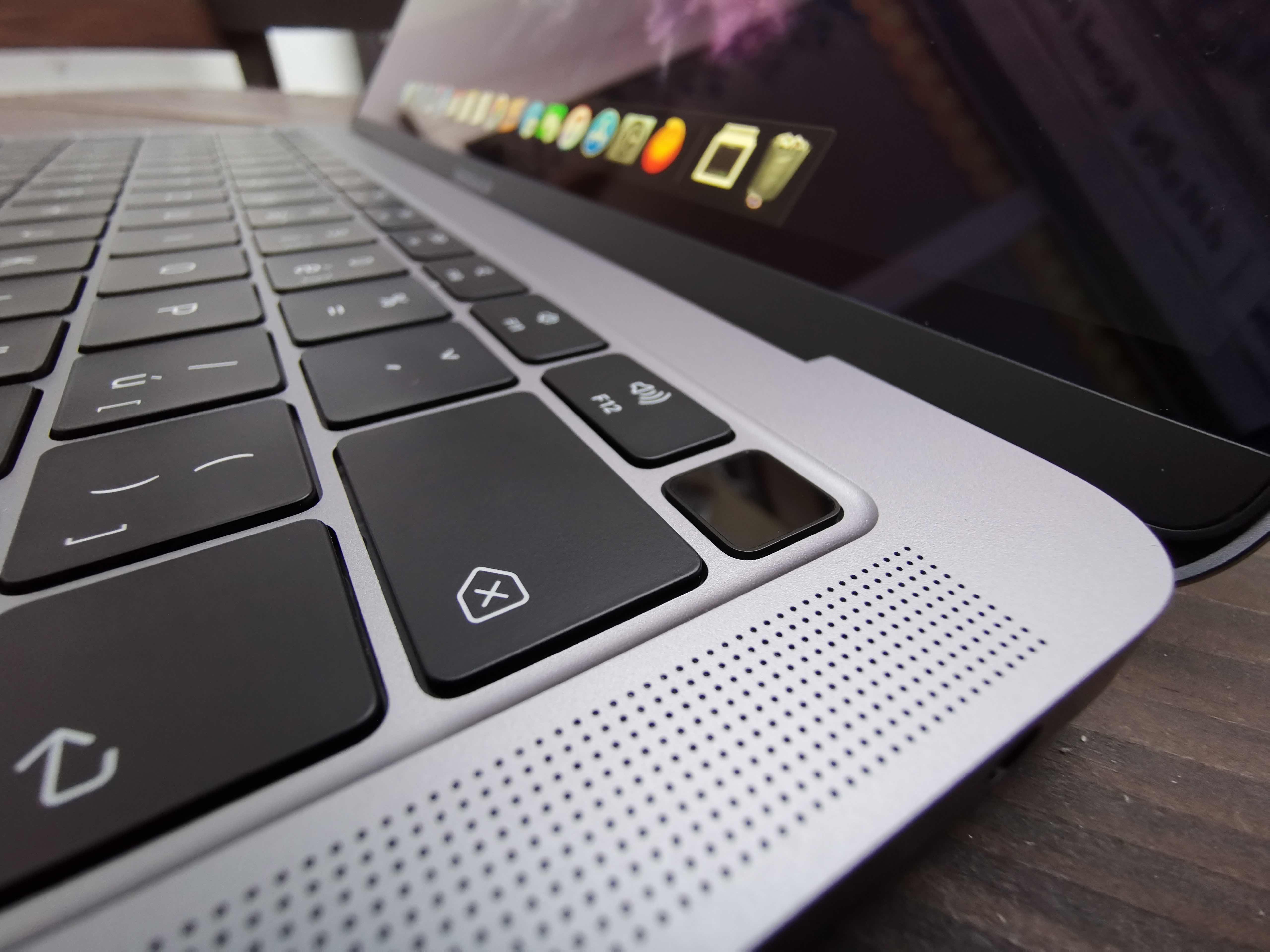

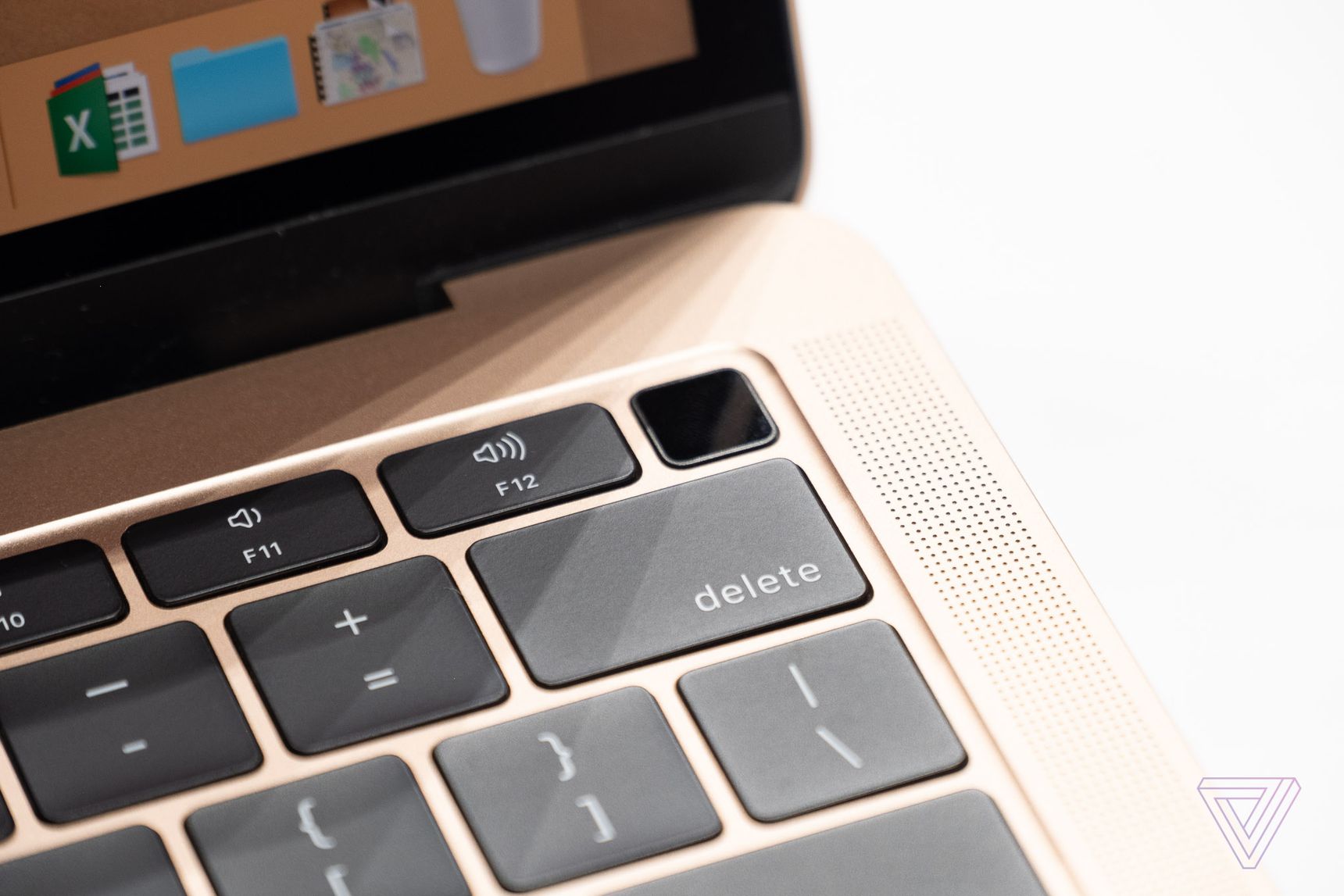
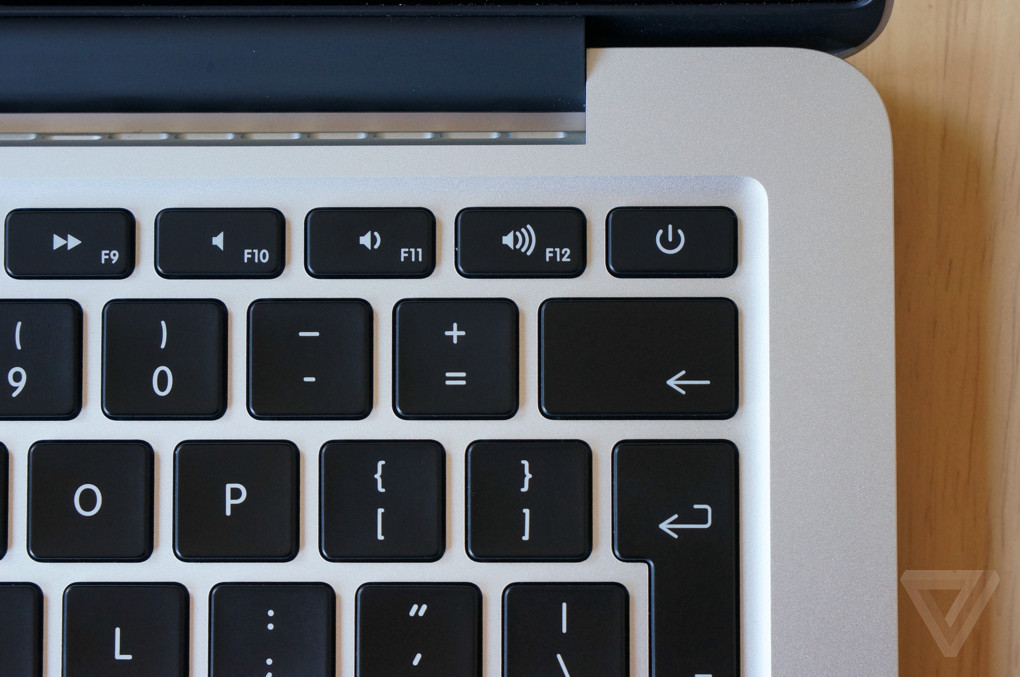
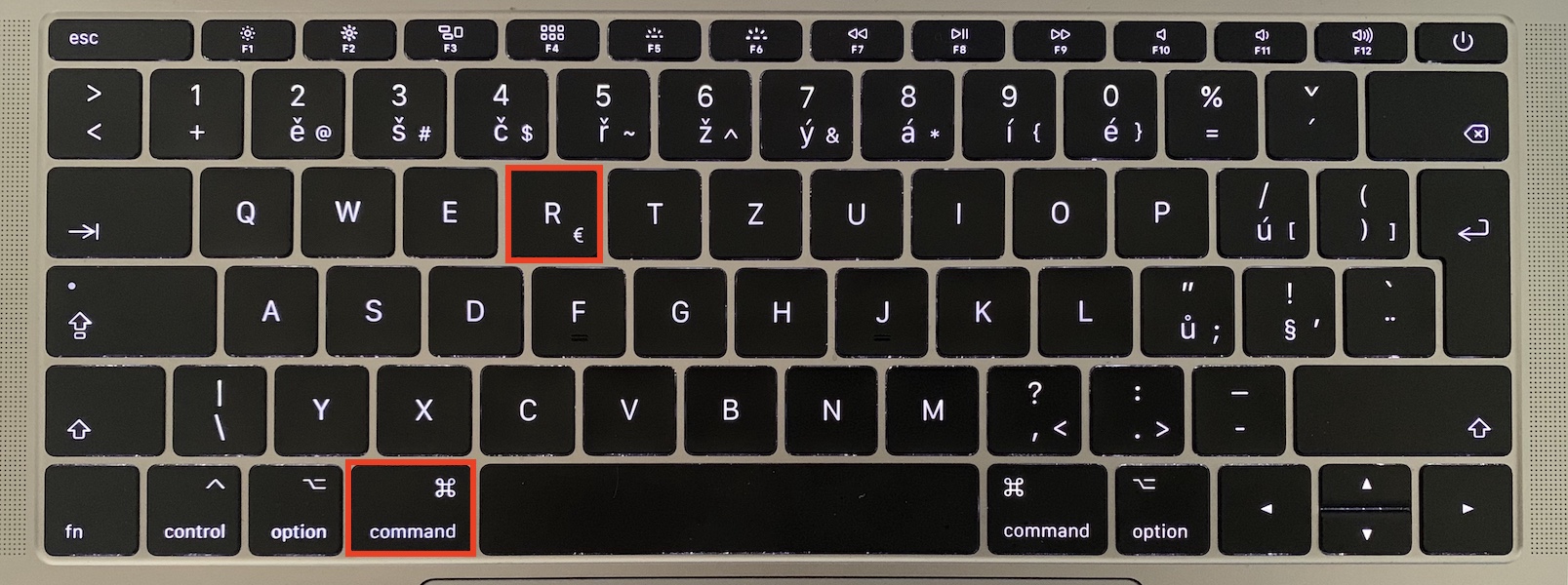
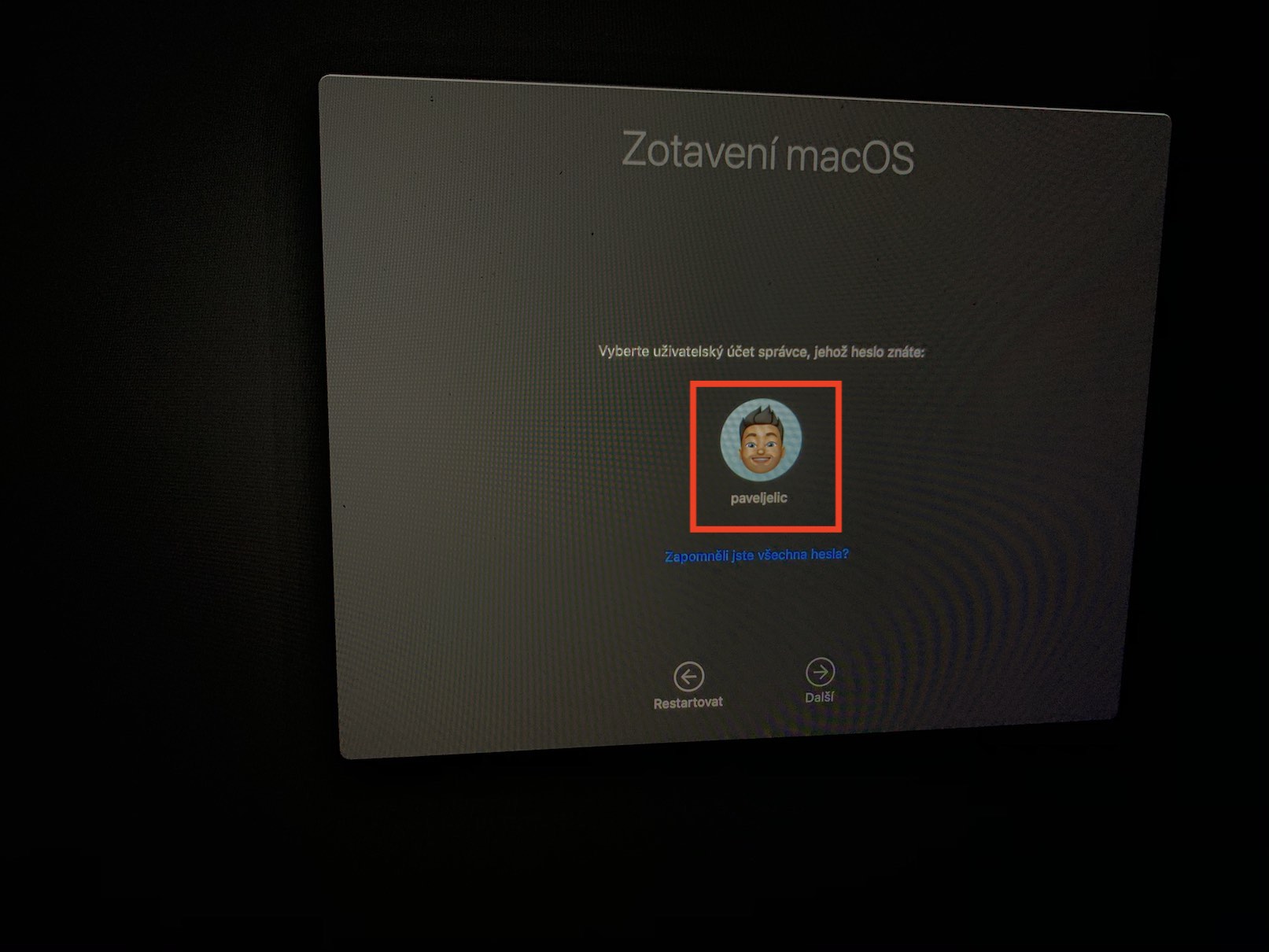
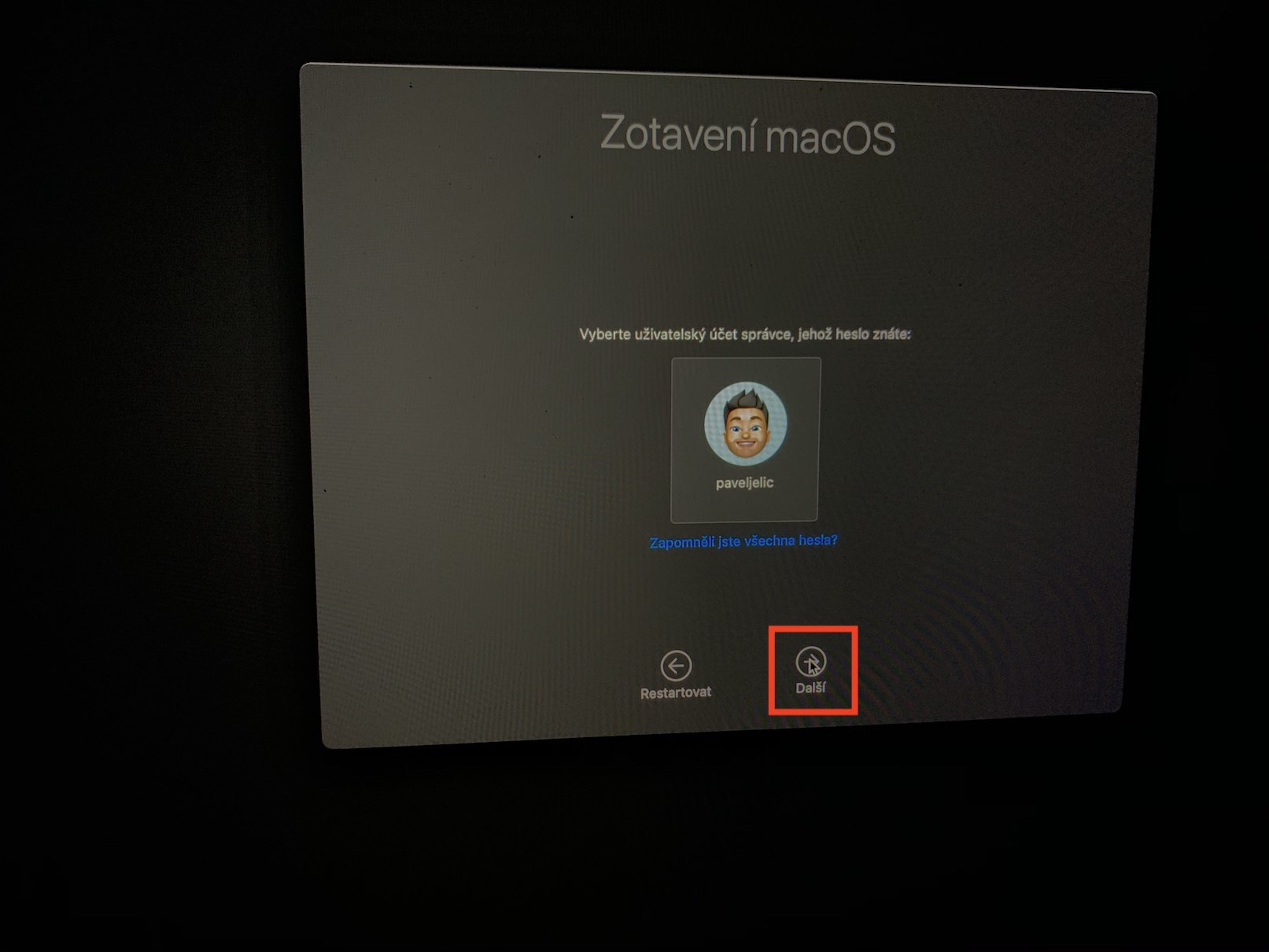
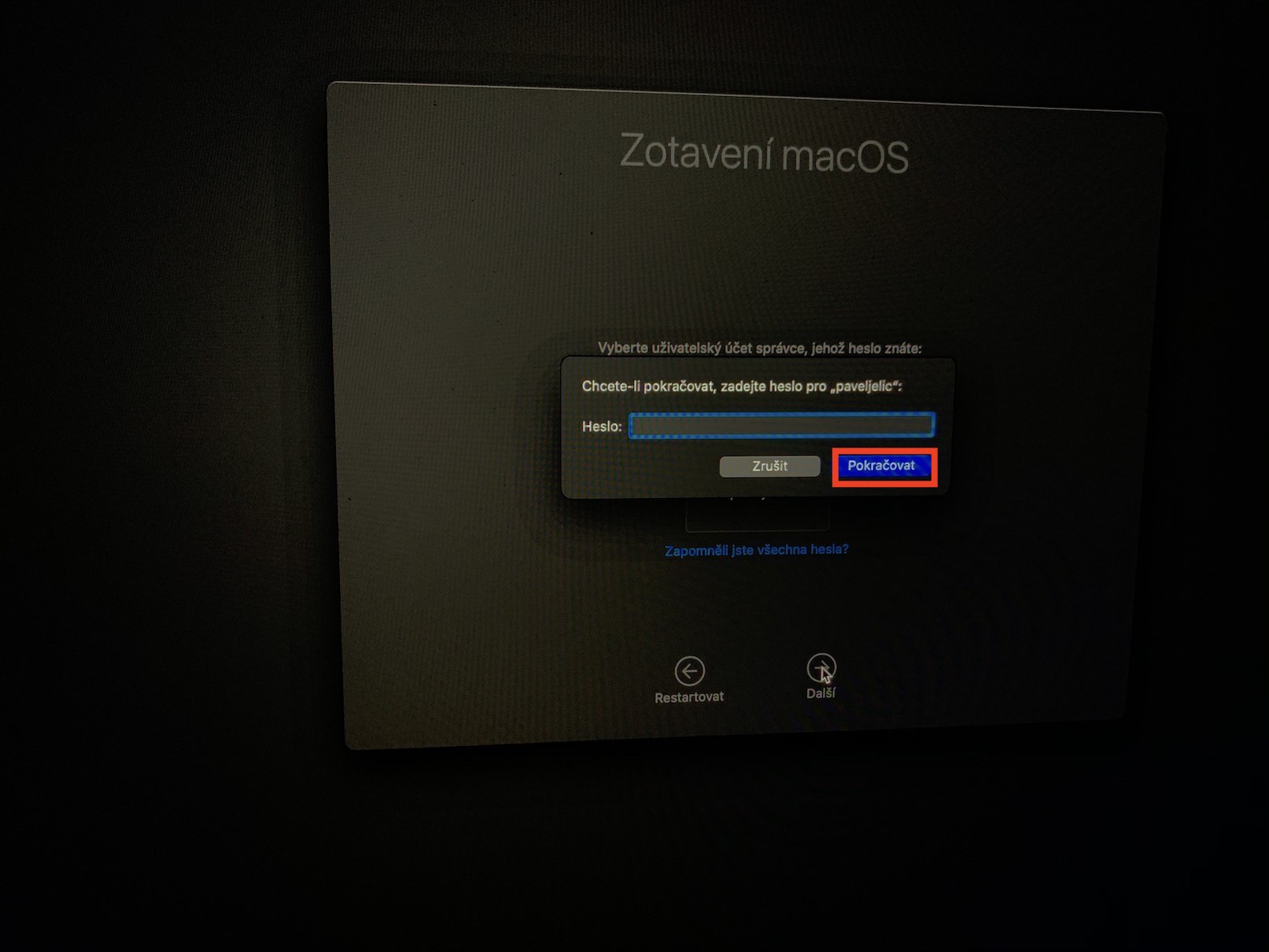


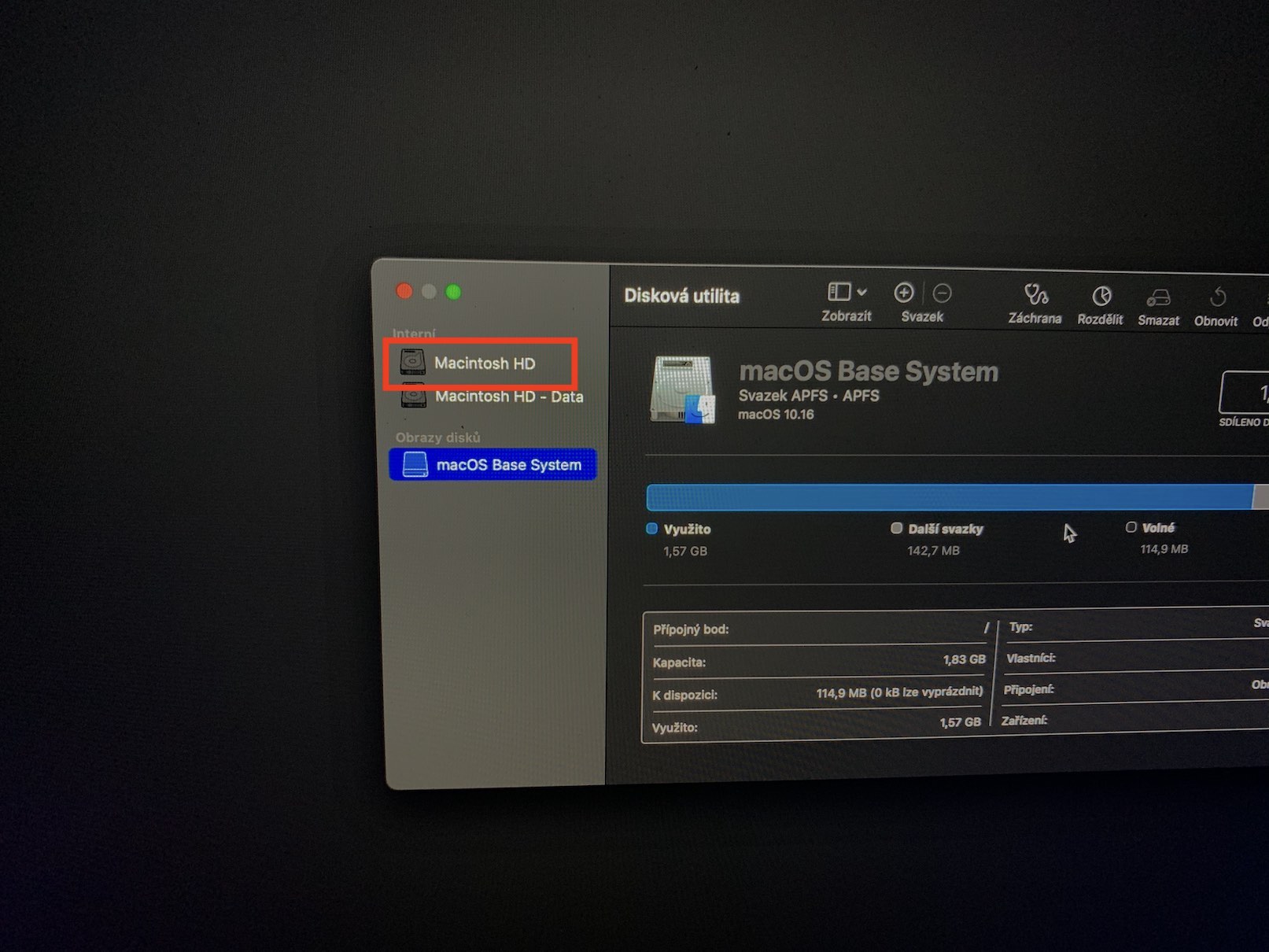
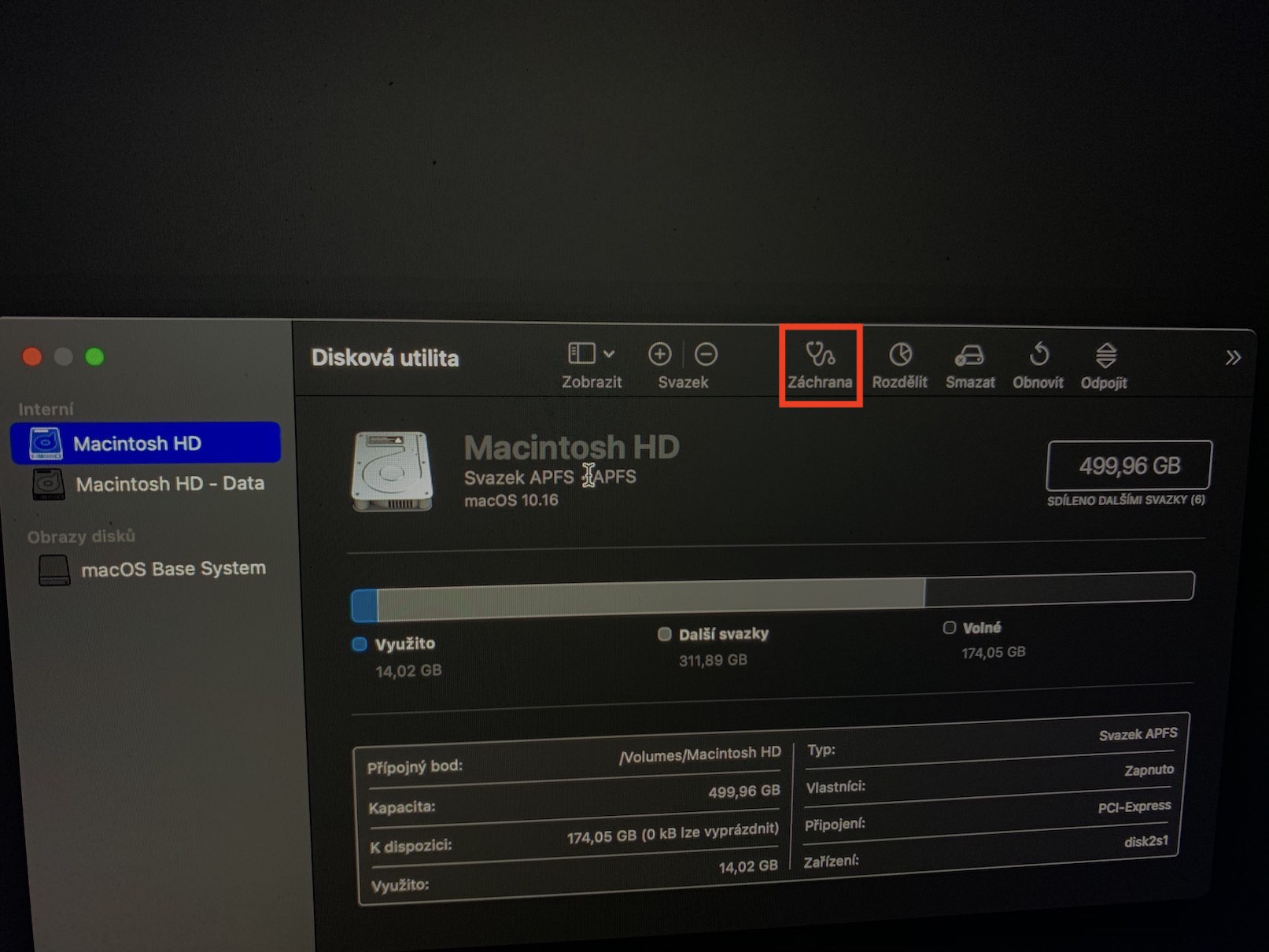
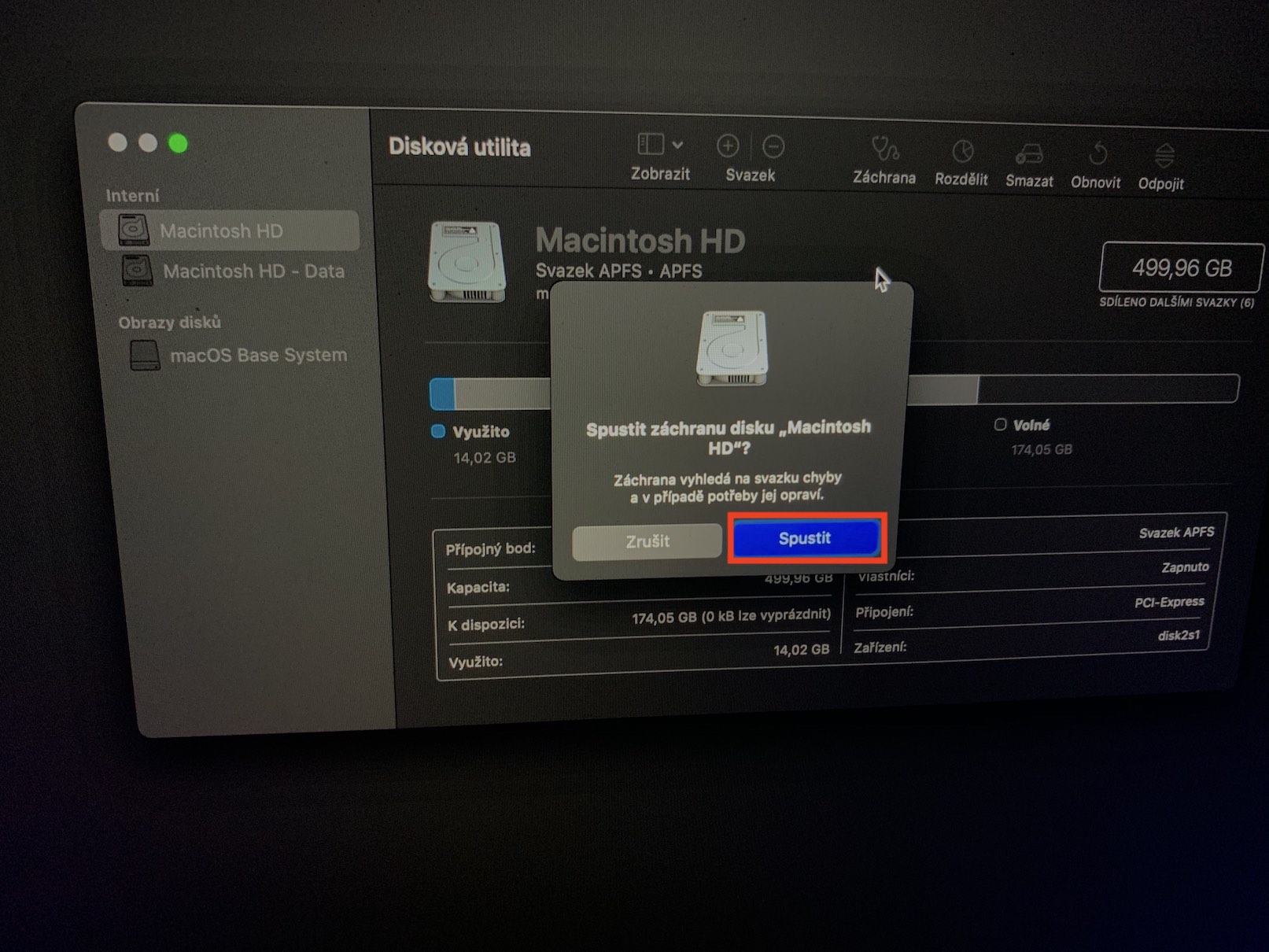
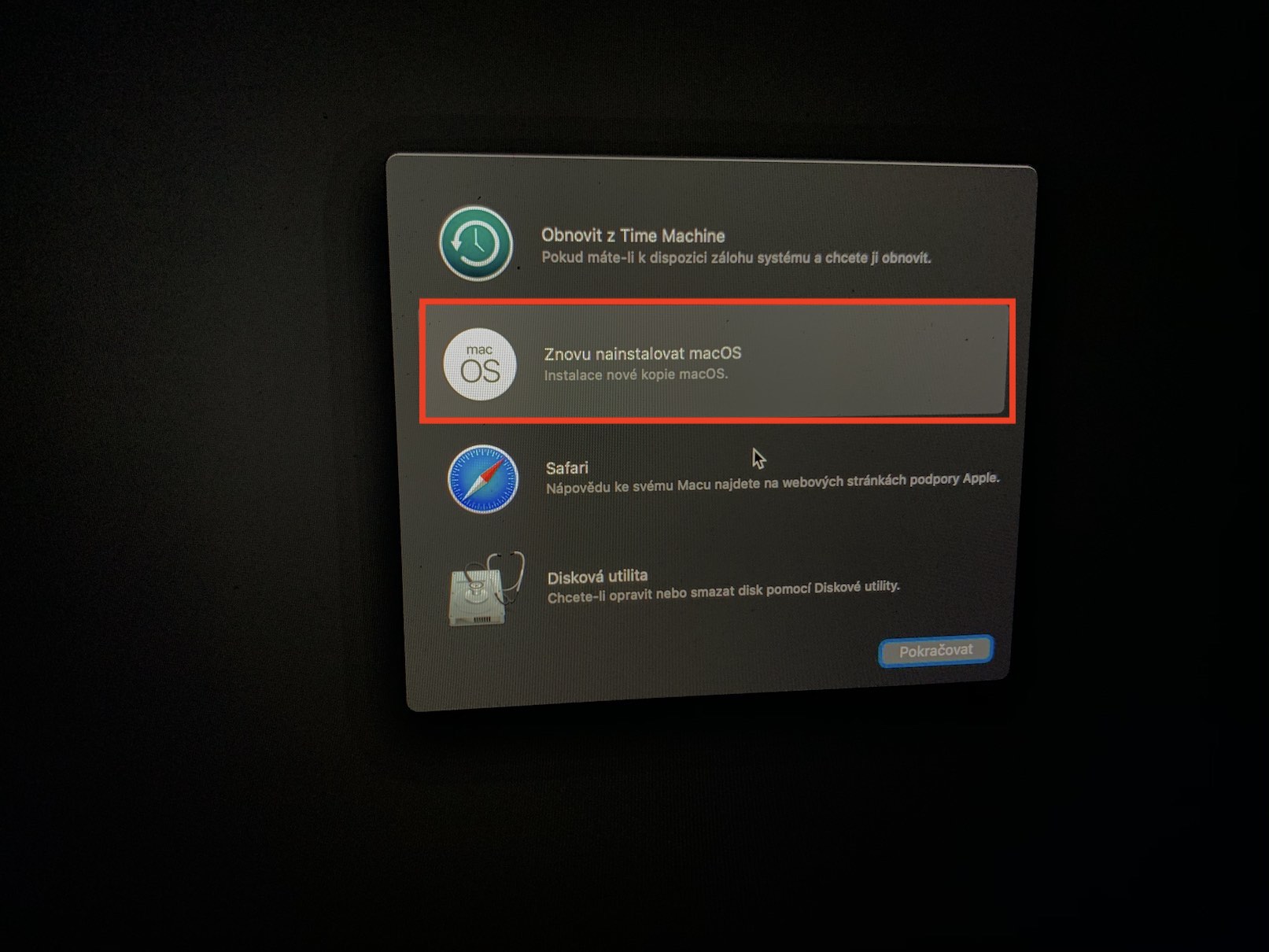
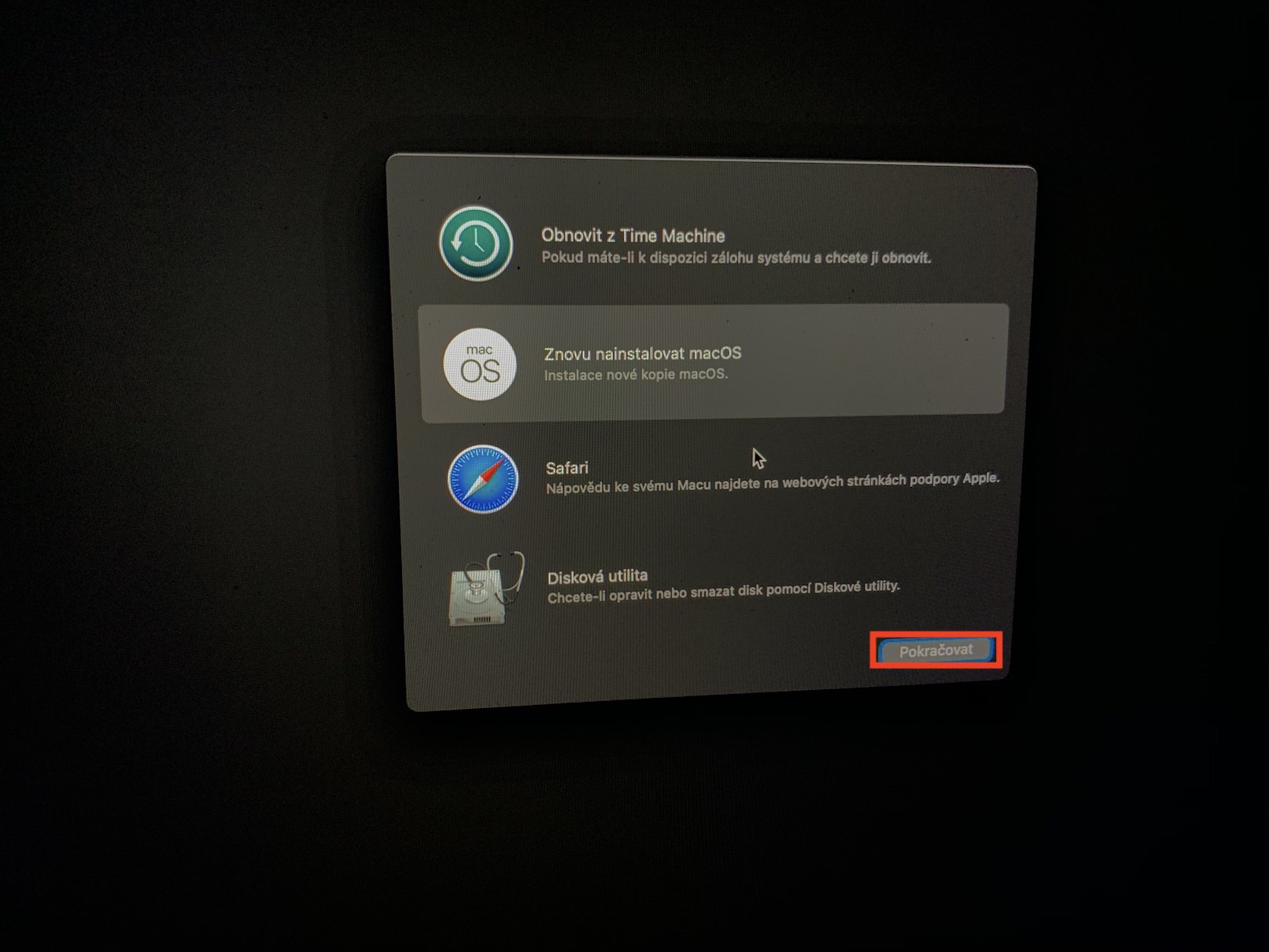
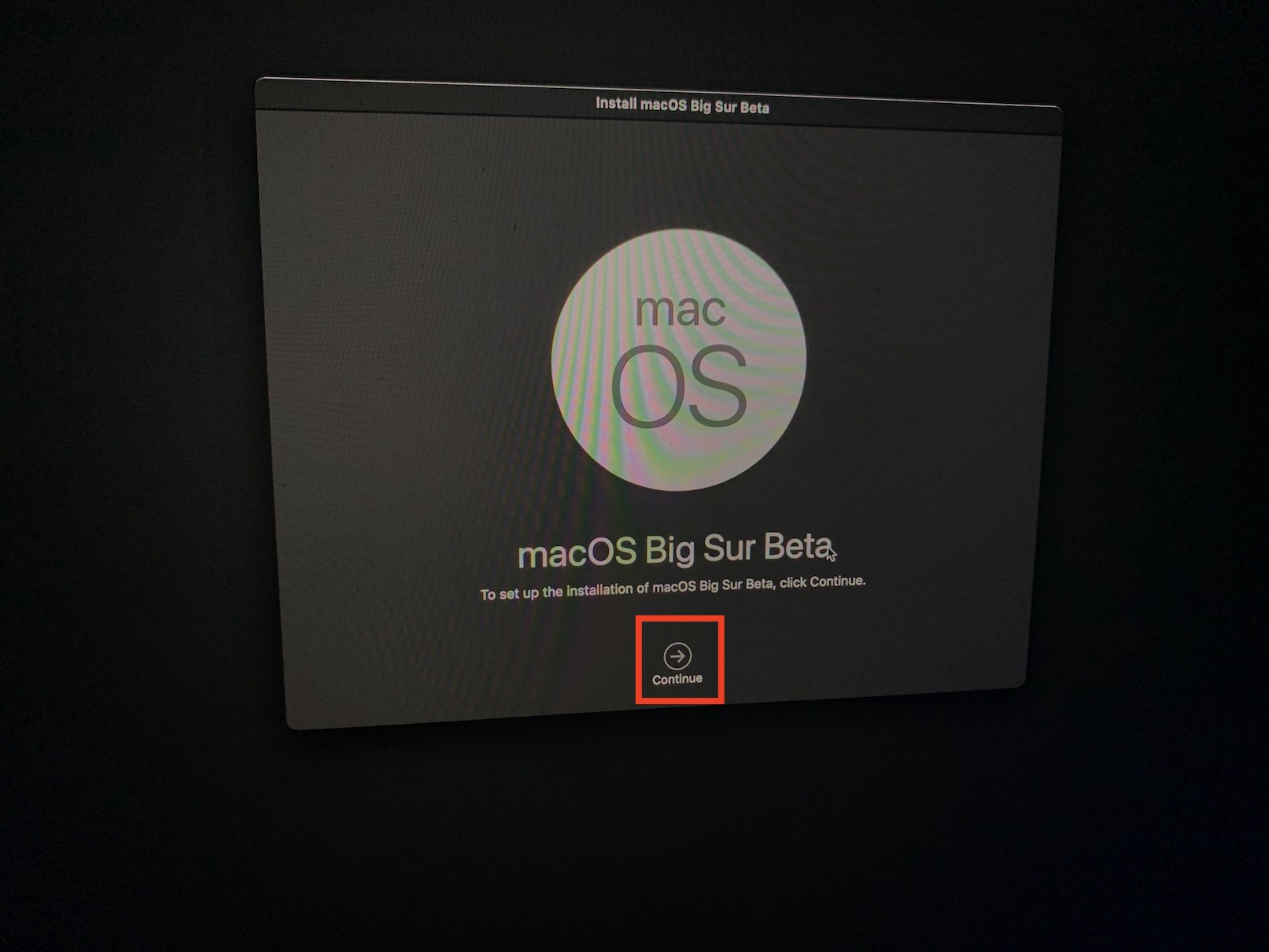
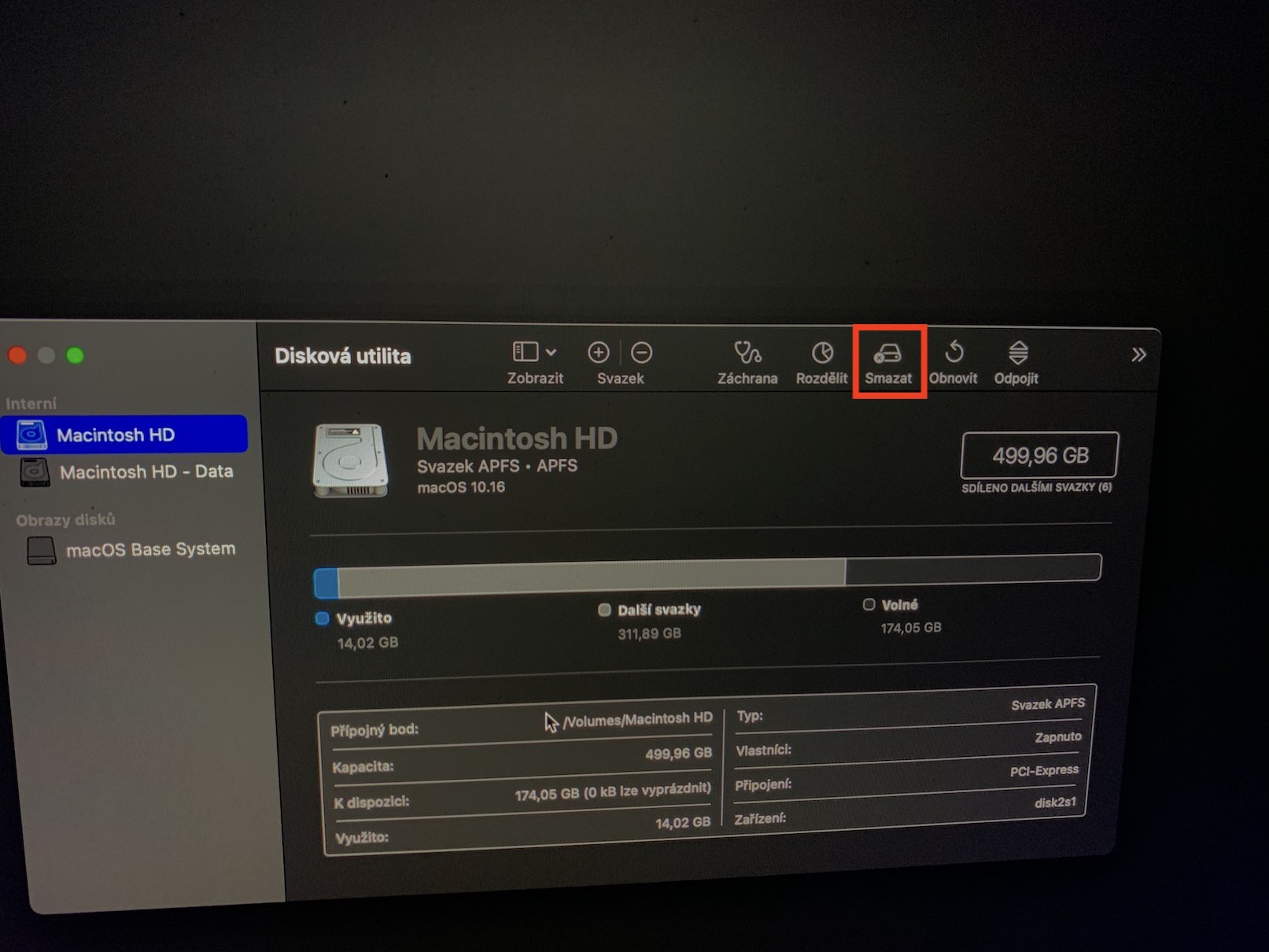

Hi, I have a Macbook Pro 2010, it just died out of nowhere. When I turn it on with the button, within a second it turns off again. If I hold the button longer, it turns on, but does not find the startup disk, after recovery mode I install the system, but the problem repeats itself :-/ I did the memory reset instructions, but it did not help.